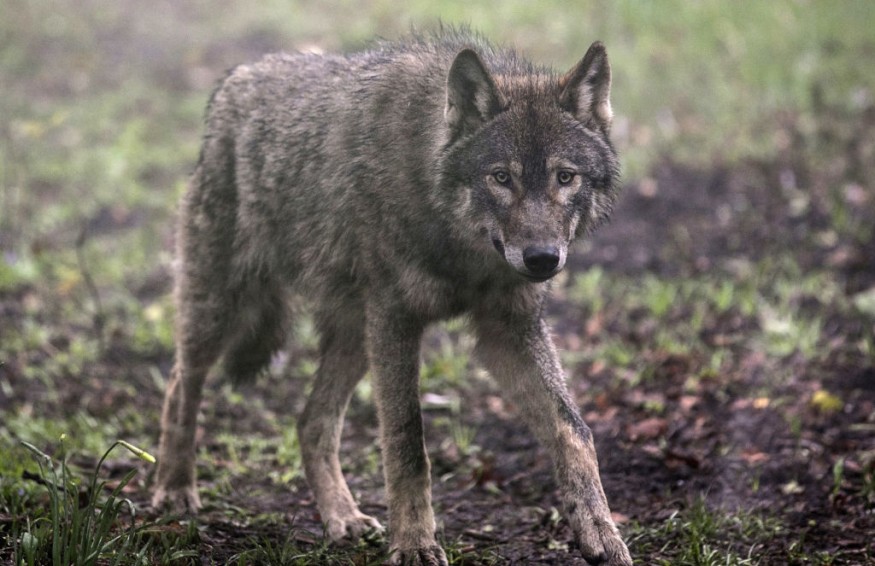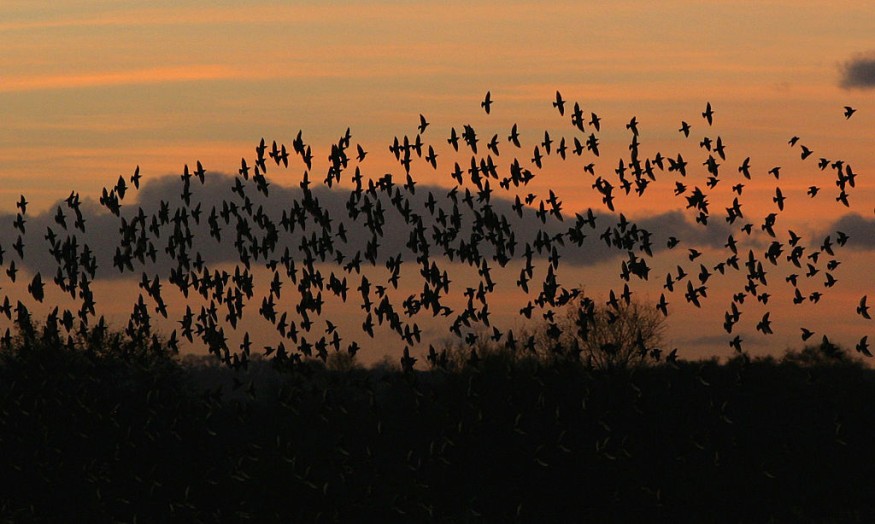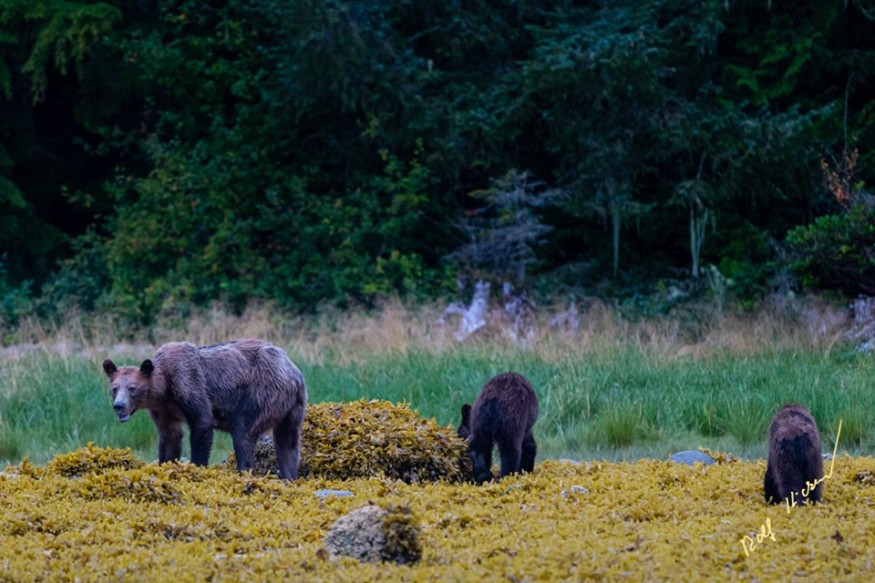Brown bears and wolves are among the animals making an "exciting" comeback in Europe. Report on species recovery demonstrates the value of reintroductions, habitat restoration, and legal protection.

Detailed Analysis

According to a significant analysis that examines how certain species are reviving, one of the top predators making a return in Europe are wolves, brown bears, and white-tailed eagles.
To demonstrate how effective legal protection, habitat restoration, and reintroductions may spur species recovery, researchers examined data on 50 animal species whose population size and geographic range had increased over the previous 40 years.
According to Louise McRae of the Zoological Society of London (ZSL), one of the authors of the European Wildlife Comeback study commissioned by Rewilding Europe, "the great majority have rebounded owing to human efforts." Hearing the most recent numbers might be rather sad for a researcher studying global biodiversity and trends. Still, this study is fascinating and encouraging and motivates individuals like myself to keep doing what we're doing.
Of all the predators, the grey wolf has returned the quickest. They were exterminated by humans for millennia, reaching a low point in the 1970s when just a few individuals survived in isolated regions of south and north-eastern Europe. Numbers have expanded by 1,800% after laws protecting them were passed, and more people accepted coexisting with them. 17,000 people are virtually wandering the whole continent of Europe, and there have been requests to reintroduce them to Britain.
Most of Europe is home to 12,500 pairs of white-tailed eagles, with expanding numbers on the Isle of Wight and Scotland's west coast. Between 1970 and 2018, there was a 445% rise in populations throughout Europe, mainly due to legislative protection and the outlawing of harmful pesticides.
Brown bear populations have grown by 44% since 1960 due to improved legal protection; however, persecution remains a severe threat, and confrontations between bears and humans persist. According to McRae, we're still learning how to live with these creatures, but coexisting with species like carnivores is still tricky.
Data on 24 animals, 25 birds, and one reptile were examined in the report, which was put together by ZSL, BirdLife International, and the European Bird Census Council. The IUCN Red List, which gauges extinction danger, the EU Birds Directive, and the Living Planet Index Database served as the primary data sources.
Lacked Data on Plants
Because there is a shortage of information on long-term patterns, insects and plants were left out of the report. There may occasionally be a bias towards larger or more charismatic species regarding monitoring and conservation; therefore, McRae remarked, "We picked those species because they are doing so well."
Welcomed Comeback

Brown bears, wolves, bitterns, and Eurasian lynxes receive nearly the same amount of money under the EU's habitats directive as all invertebrates combined, according to previous studies. Protecting "umbrella species" like wolves or beavers can occasionally help ecosystems, but this isn't always the case because certain insects have highly specialized ecological requirements.
For similar news, don't forget to follow Nature World News!
© 2025 NatureWorldNews.com All rights reserved. Do not reproduce without permission.





